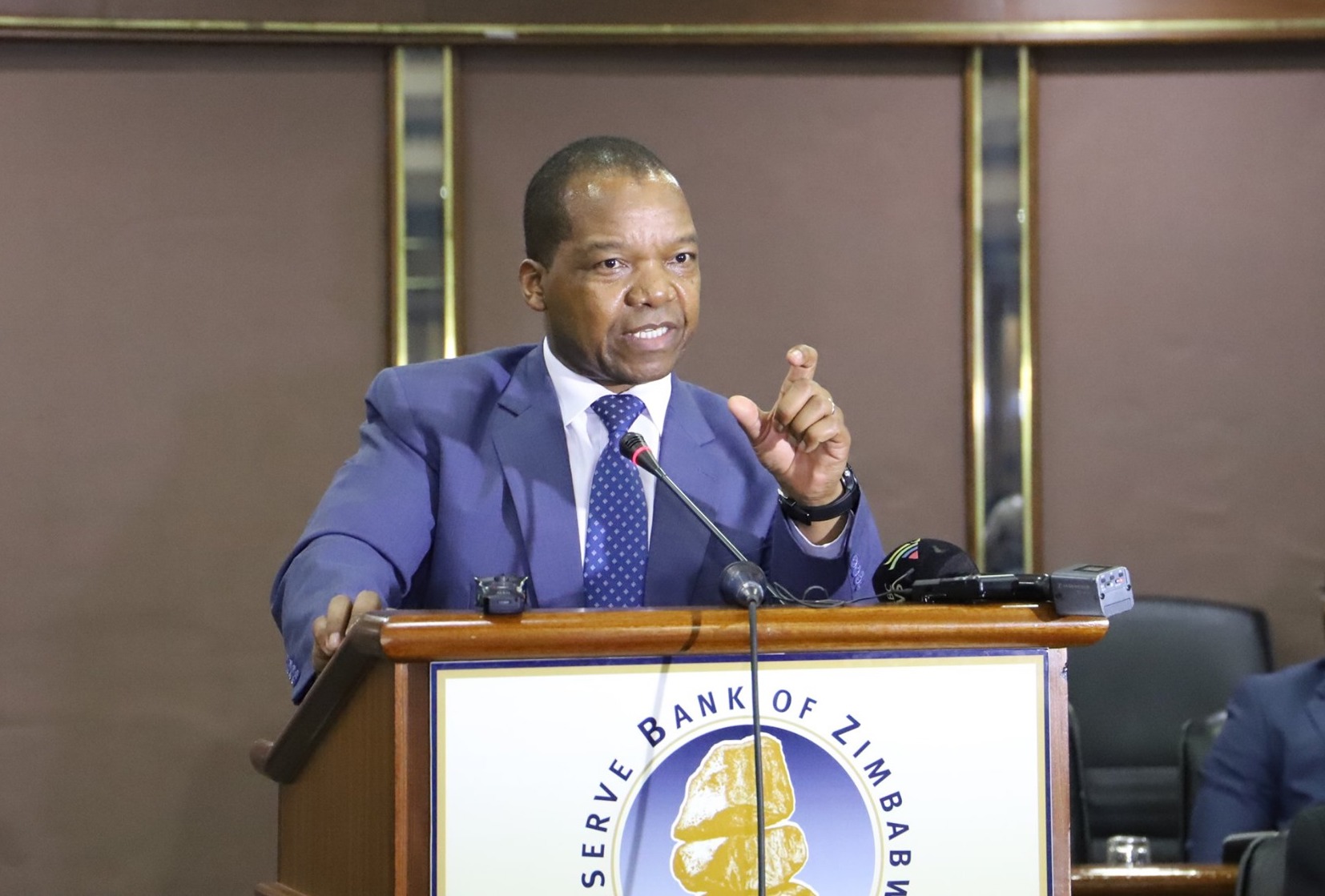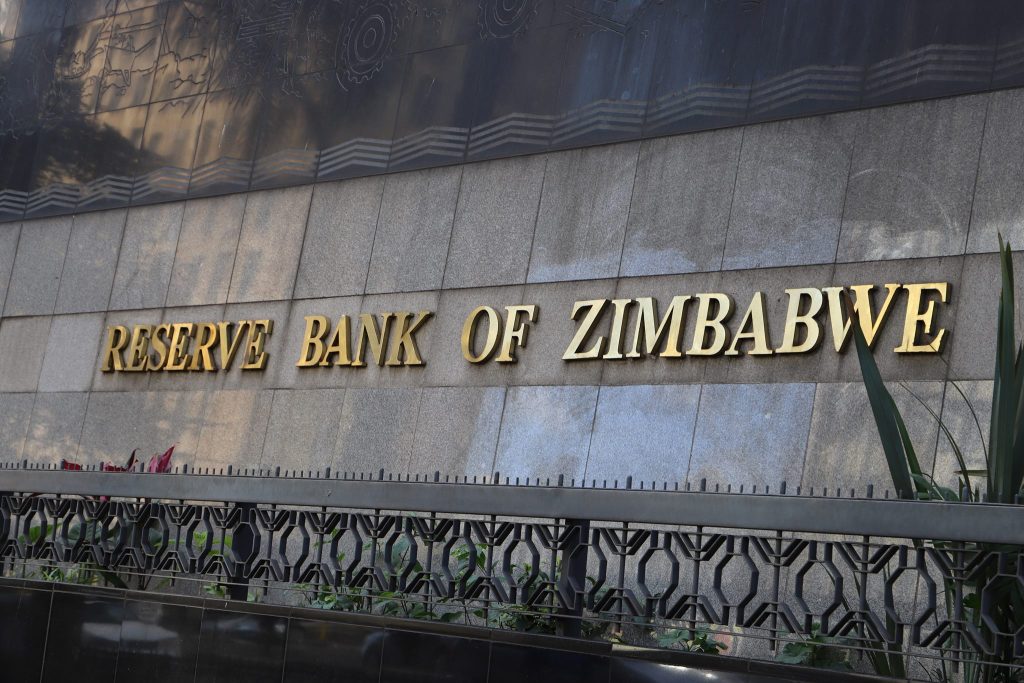Zimbabwe’s Struggle With Inflation: Past and Present

Zimbabwe’s currency struggles have hit a new low with the latest trend being local businesses printing their own “money” on scraps of paper due to the shortage of small change. This is causing even more money-related issues for Zimbabweans, who already do not trust their local currency nor is there enough U.S. cash (which they prefer to use) to make change. On a recent visit to a fast-food restaurant in the capital of Harare, Rutendo Manyowa was given three scraps of paper instead of a $1 bill and two quarters in change after paying for her $3.50 meal with a $5 bill. The scraps of paper bear the restaurant’s name and the amount of money she can use for her next meal. So, while Zimbabweans still await a more stable monetary situation, local businesses are finding ways to stay afloat in a country that’s been in a state of chaos for the past two decades.
In the early 2000s, the government of then-President Robert Mugabe printed more money to make up for a decrease in agricultural production following a controversial land redistribution attempt 1. Zimbabwe saw monthly inflation peak as high as 79.6 billion percent. To bring back monetary stability, the government replaced the Zimbabwe dollar with the U.S. dollar. However, this stability was short-lived. In 2019, the Reserve Bank of Zimbabwe failed to meet the demand for U.S. dollars leading to the reintroduction of the Zimbabwean dollar. Currently, at a rate of more than 900 Zimbabwean dollars to $1, the value of the currency is declining rapidly, with inflation at 230% as of January. Though the Zimbabwe dollar is still the official currency, most businesses require payments to be made in U.S. dollars.
Zimbabwean banks and the central bank have been importing U.S. dollar bills for local use; however, the heavy weight and low value of these bills have rendered it uneconomical to import coins from overseas. To make matters worse, the one-dollar notes, which are the most commonly used bills in a country where almost 40% of the population lived on less than $1.80 a day even before the pandemic, are also frequently in short supply. To resolve the issue, paper IOUs have been used as a temporary solution. However, paper vouchers are not fungible like bank notes, and they are also not durable. They are made of paper and cannot withstand washing, as opposed to bank notes which are made of cotton or plastic. This situation has resulted in difficulty for locals who have to wait long periods for one-dollar bills to become available or have to resort to paper chits. The non-durability of these vouchers has led to situations where they have been found stuck to clothes after washing, according to various reports.
Ms. Moyo has found a creative solution to Zimbabwe’s malfunctioning currency by accepting food or other essentials in exchange for slices of cheese, extra sauce, and even a hard-boiled egg instead of using paper chits from various businesses. While these barter trades may not always offer the best value, they are preferable to carrying or losing multiple vouchers. Simbisa Brands, owner of multiple fast-food chains including Chicken Inn, has also had to adapt to the unstable currency. The rapid devaluation of the Zimbabwean dollar has made it too expensive to reprint menus, leading the company to install TV screens to display their meals and prices instead. They have issued vouchers with serial numbers that are replaced every six months to avoid wear and tear. The vouchers only come in denominations of $0.25 and $0.50, and Simbisa Brands will only accept up to $3 or $4 worth of vouchers from each customer. In addition, the company has launched InnBucks, a smartphone app that allows customers to receive change digitally.
Spar, a Zimbabwean supermarket chain, has recently replaced electronic tags on its shelves as the old ones could no longer display prices in Zimbabwean dollars due to excessive digits. Unlike larger stores that have implemented a system where customers who owe money have their names recorded in a book behind the counter or an amount is scrawled on receipts, Spar has introduced chits featuring intricate patterns and holograms. Despite their drawbacks, most Zimbabweans still prefer to receive change in the form of these tokens rather than the local currency due to a lack of trust in the government. Gift Mugano, a Harare-based economist, explains that “if I’m given a token in a fast-food restaurant, I know tomorrow when I come back it is accepted.” Zimbabwean businesses used to use South African rand as change when the country was formally on the dollar in the 2010s, but with the fluctuation of South Africa’s currency, it is no longer a feasible alternative. The country’s central bank and finance ministry have not commented on the matter.
Zimbabweans have adopted interesting strategies due to the lack of use of bank cards in the country. Many people withdraw their salaries in U.S.-dollar cash the instant it reflects in their accounts 12. This trend has led to the rise of a famous nickname for NMB bank, also known as “National Mattress Bank”. In Harare, Allen Mutonga’s small grocery store next to his barbershop has created its monetary union to help with change when his customers are unable to pay for his $5 haircuts. To make a purchase and get change, Mutonga’s customers are sent next door with a handwritten note on the receipt from the shopkeeper. In cases where there isn’t change, people resort to buying items instead.







